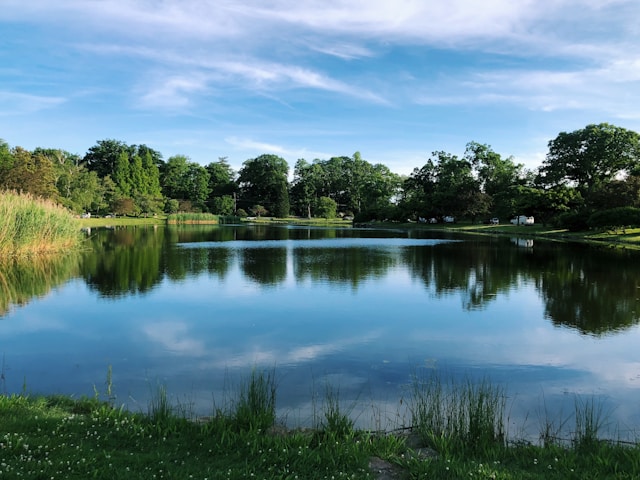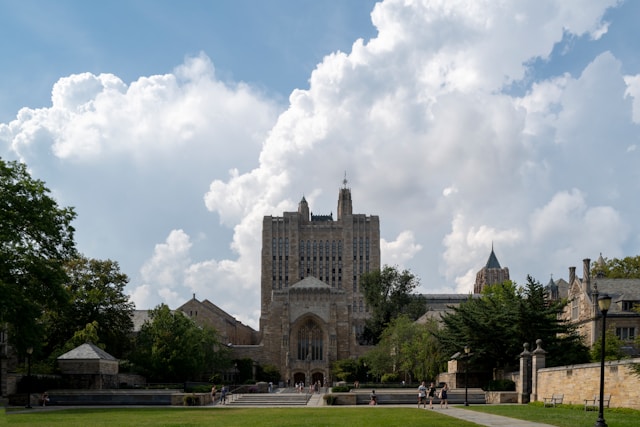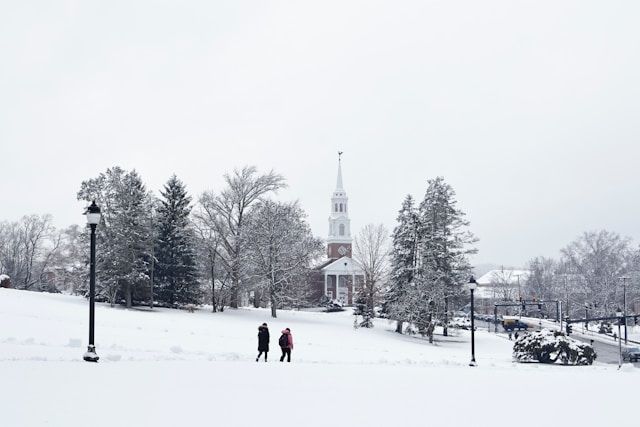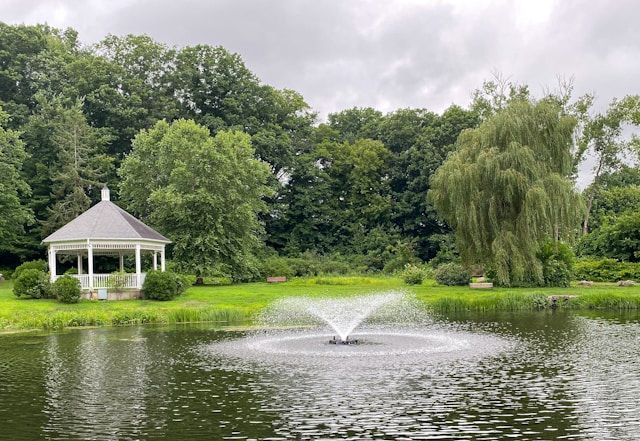Nestled in Connecticut, Storrs offers a vibrant tapestry of diversity that sets it apart from many small New England communities. According to recent data, this college town boasts an impressive diversity score of 89 out of 100, making it significantly more diverse than many other U.S. cities. The southwestern area of Storrs contains the most diverse neighborhoods, while the southeastern sections show less diversity.
The demographic makeup of Storrs is particularly interesting given its relatively small population of around 17,983 residents as of 2024. The presence of the University of Connecticut contributes greatly to this diversity, creating a unique blend of cultures, perspectives, and backgrounds that visitors can experience through local cuisine, cultural events, and community gatherings.
Get a discount of 15% to 70% on accommodation in Connecticut! Look for deals here:
Connecticut Hotels, Apartments, B&Bs
The Census data reveals Storrs has a notably young population with a median age of just 20.4 years, reflecting its status as a university town. This youthful energy combined with multicultural influences creates a dynamic atmosphere that makes Storrs an unexpected gem for travelers seeking authentic cultural experiences in Connecticut’s charming landscape.
Demographic Composition and Diversity
Storrs, Connecticut presents a rich tapestry of demographic diversity that sets it apart from many other communities in the state. The area features a unique population profile largely influenced by the presence of the University of Connecticut‘s main campus.
Population by Race and Ethnicity
Storrs showcases significant diversity with a diversity score of 89 out of 100, making it considerably more diverse than many other U.S. cities. The southwestern area of Storrs represents the most diverse section, while the southeastern parts show less diversity.
The population of Storrs has grown steadily in recent years. From the 2020 Census count of 15,979, the population has increased to an estimated 17,983 in 2024, showing a growth rate of about 1.06% annually.
The racial and ethnic composition includes representation across multiple groups, creating a multicultural environment that enriches the community experience.
Age Distribution and Marital Status
The age demographics of Storrs are notably distinct from state averages. The median age is just 20.4 years, with slight variations between genders (20.6 years for males). This youthful profile directly reflects the significant student population.
The town’s age distribution heavily skews toward college-aged individuals, creating a vibrant, energetic atmosphere throughout the community. This unique age structure influences everything from housing patterns to local businesses and services.
Marital status metrics further underscore the distinctive nature of this college town, with patterns reflecting the transient, educational-focused nature of many residents.
Education and Language
Educational attainment in Storrs ranks exceptionally high, as expected in a university town. The presence of the University of Connecticut creates an environment where advanced degrees are common among residents.
The local population includes a notable foreign-born segment, contributing to linguistic diversity beyond English. This international influence enriches the cultural fabric of the community.
Household income figures show interesting patterns, with the average household income at $84,436 despite a relatively high poverty rate of 42%—a statistical paradox explained by the large student population with limited personal income but access to family resources.
The town has experienced positive economic trends, with household income growing from $23,964 to $27,793 between 2021 and 2022, representing a significant 16% increase.
Socioeconomic Profile
Storrs presents a unique economic landscape shaped by its identity as a college town housing the University of Connecticut. The community’s financial metrics, living arrangements, and social challenges reflect both its student population and permanent residents.
Income and Employment
Storrs residents experience notable variations in income levels across different demographic groups. The average household income in Storrs is $84,436, which falls slightly below Connecticut’s state average. This figure provides only part of the picture, however, as students significantly impact economic statistics.
Employment in Storrs centers largely around education and university-related services. The University of Connecticut serves as the primary employer, creating both professional positions and student employment opportunities.
Per capita income tends to be lower than surrounding Connecticut communities due to the high percentage of students who typically report limited personal income. Many residents work in education, research, retail, and food service sectors.
Housing and Households
Housing in Storrs reflects its academic environment with a mix of university dormitories, student apartments, and family homes. The area has a unique household composition with many multi-occupant student residences.
The average household size is smaller than typical Connecticut communities, influenced by student housing arrangements. Single-person households and non-family shared living spaces are common.
Housing costs tend to align with the academic calendar, with rental prices reflecting student demand. Many properties cater specifically to the student market, featuring shorter lease terms and furnished options.
On-campus dormitories house thousands of students, while off-campus apartments and houses accommodate both students and permanent residents. This creates a dynamic housing market that differs significantly from non-college towns.
Poverty and Health
Storrs shows a significant poverty rate of 42%, which requires careful interpretation. This high figure largely reflects the student population who often report low personal income while pursuing education.
Health metrics in Storrs generally trend positive, with good access to healthcare through university health services. Students can access comprehensive health resources through campus facilities.
The permanent resident population typically shows different economic patterns than the student population. These year-round residents generally have higher incomes and lower poverty rates than what overall statistics suggest.
Food insecurity exists even in this relatively affluent community, particularly among students. Community resources, including food pantries and assistance programs, help address these needs throughout the academic year.
Get a discount of 15% to 70% on accommodation in Connecticut! Look for deals here:
Connecticut Hotels, Apartments, B&Bs








